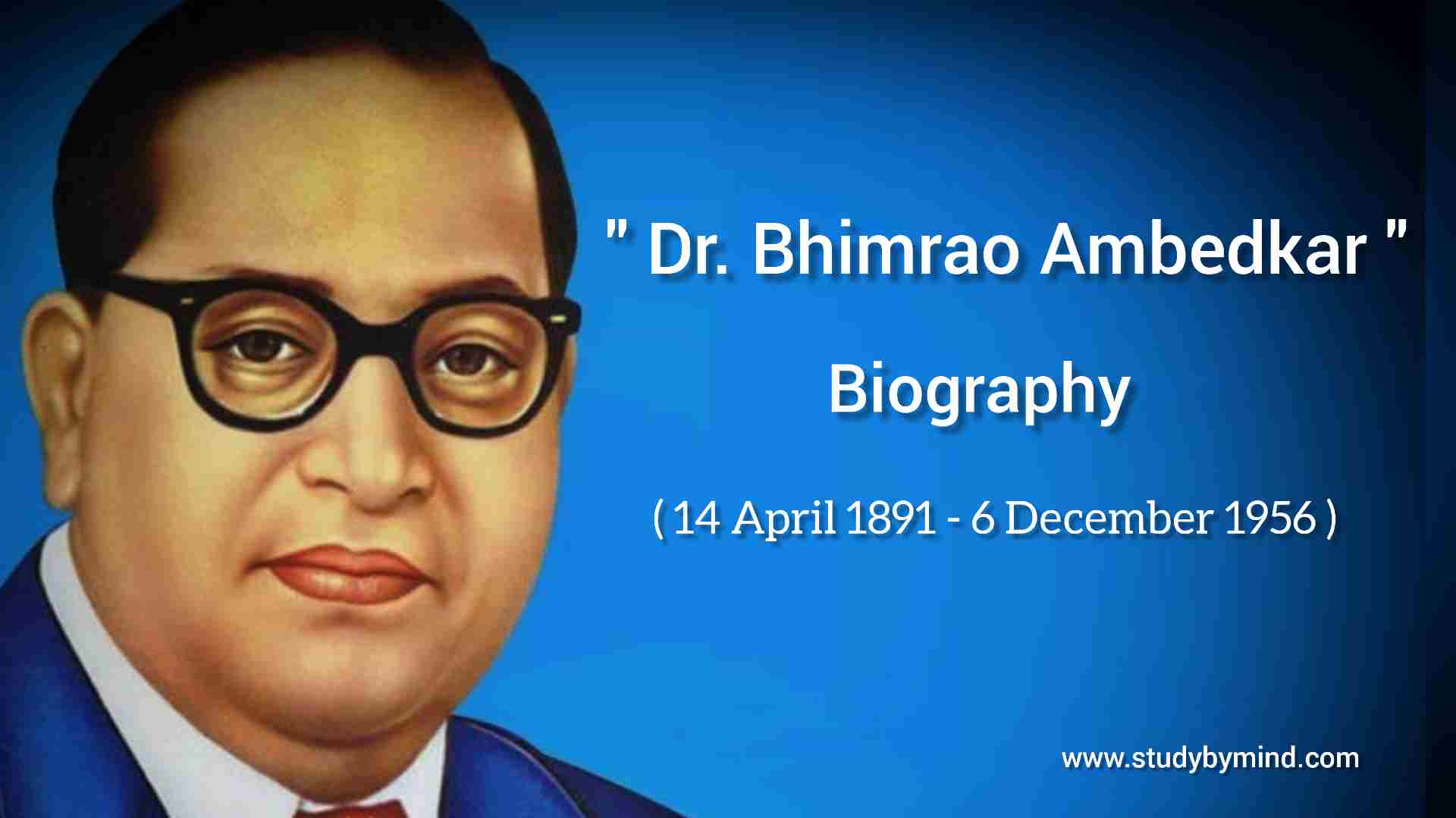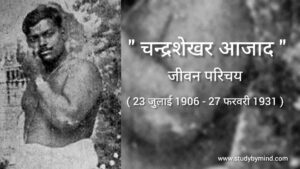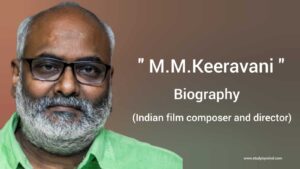Biography of Dr. Bhimrao Ambedkar
Dr. Bhimrao Ambedkar is called the great leader of Dalits. Ambedkar’s personality was multi-dimensional. He was a great thinker, social reformer, Considered politician and jurist. He devoted his whole life to human rights, social justice and upliftment of downtrodden. Ambedkar was popularly known as “Babasaheb” among his loved ones and followers, Dr. Bhimrao Ambedkar ji had to face many types of troubles and sorrows in his life, let us inform you about his life –
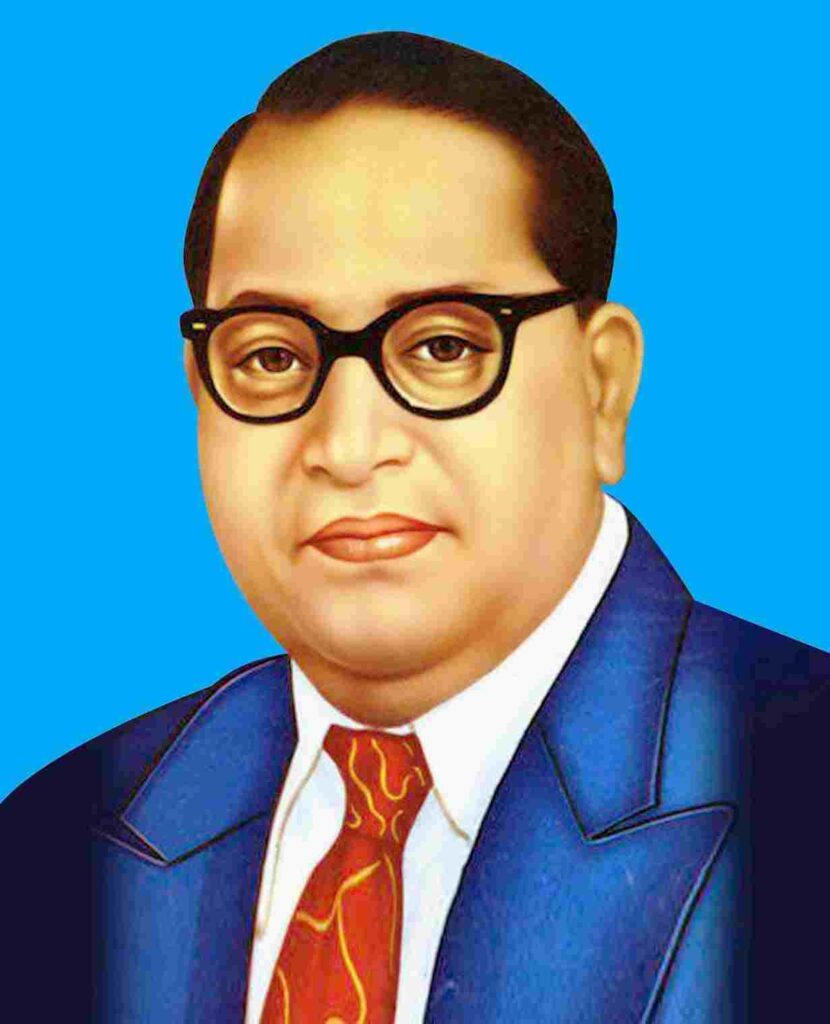
| Full Name – Dr. Babasaheb Bhimrao Ramji Ambedkar | |
| Childhood name- Bhima Bhiwa | |
| Born – 14 April 1891 Mhow city of Madhya Pradesh | |
| Nationality – Indian | |
| Father’s Name- Ramji Sakpal (Grandfather) – Maloji Sakpal | |
| Mother’s Name- Bhimabai Sakpal | |
| Siblings Names – Valaram (Older Brother), Anandrao (Younger Brother) Manjuli and Tulsi (Two Sisters) | |
| Wife’s name – Ramabai (1st wife) 1906-1938, Savita (second wife) 1948-2003 | |
| Children Name – Yashwant, Rajaratna (who died shortly after birth) | |
| Died- 6 December 1956 Delhi (place of residence) |
Dr. Bhimrao’s childhood–
Being an untouchable since birth, Bhimrao had to face social disdain in his childhood. In the class, they were seated separately at the back, they had to bring their own mat to sit. Dr. Bhimrao Ambedkar should touch the rest of the children, so they should come sometime after the start of the class and leave before the end of the class. Being untouchable, even drinking water was not allowed in the school.The teachers did not even touch his copy, no one was ready to cut his hair. So his sister had to cut his hair. Bhimrao could neither sit with the school children nor interact with them. Bhimrao was self-respecting since childhood, so everything had a deep impact on Bhimrao and at the same time Bhimrao decided that he would free the untouchables from slavery and their Will dedicate his whole life for the cause.
Education of Dr. Bhimrao –
First got Bhimrao enrolled in Maratha High School. Dr. Bhimrao Ambedkar’s high school and intermediate studies were done at Elphinstone College in Mumbai, after that with the help of scholarship Maharaja Baroda, he passed the BA examination in 1912 with English and Persian subjects and later started working in Baroda.But he had to leave the job due to caste humiliation.At the same time his father Ram ji died and faced financial trouble but he did not give up patience.Seeing his interest in studies, Naresh Sayajirao Gaikwad of Baroda sent him on July 21, 1913, to study at Columbia University, USA, from where Ambedkar obtained his MA in 1915 and PhD in 1917.
Dr. Bhimrao’s family-
Dr. Ambedkar was born in Mhow Nagar, Madhya Pradesh in the Mahar caste, considered to be an untouchable of the society. Started living in the city when Bhimrao was only 6 years old, then his mother Bhimabai died, so he could not get the happiness of his mother for the rest of his life. Ambedkar was the 14th child of his parents, so Bhimrao was called the fourteenth gem of his parents. Only 5 of Bhimrao’s thirteen siblings were alive, their names being Valaram (elder brother), Anandrao (younger brother) Manjuli and Tulsi (two sisters) Bhimrao being the youngest were everyone in the Ambedkar family. In 1906, Bhimrao was married to Ramabai (first wife), after Ramabai’s passing, Bhimrao remarried, whose name was Savita Devi. Bhimrao had five children, but only Yashwant survived, Rajaratna (who died shortly after birth).
Dr. Bhimrao’s achievements and awards-
Bhimrao is the pride of India The Indian Constitution written by Bhimrao is the largest written constitution in the world, which he wrote in 1947. Bodhitattva in 1956 Awarded Bharat Ratna in 1990 First Columbian Ahead of the Time in 2004 Awarded The Greatest Indian Award in 2012
Books written by Dr. Bhimrao –
Bhimrao Ambedkar was a social reformer as well as a good writer. Due to his passion for writing, he wrote books somewhere. The names of some of the books written by Ambedkar are given below-
- Annihilation of Cost, Thacker and Company Bombay(1934)
- Ranade Gandhi and Jinnah, Thacker Bombay (1943)
- Gandhi and the Emancipation of the Andachevilles, Thacker Bombay (1943)
- Pakistan or the Partition of India Thacker Bombay (1946)
- Congress and Gandhi Heb Done to the Andachevilles, Thacker Bombay (1946)
- Status and Mynatures, Thacker Bombay (1947)
- History of Indian Currency and Banking, Thacker Bombay (1946)
- Maharashtra is a linguistic state, Krishna Press Bombay (1948)
- The Buddha and His Religion, Siddhartha Publication Bombay (1957)
- Federation vs Freedom, Bhim Patrika Publications Jalandar (1970)
Fight against untouchability by Dr. Bhimrao–
Dr. Bhimrao had to face the pain of untouchability since childhood. Bhimrao had to face the feeling of caste system high and low throughout his life, so Bhimrao wanted to liberate the people of his community from slavery and untouchability by himself so that those people would get rid of this practice. Get free and live like a normal human being Dr. Ambedkar started publishing a weekly magazine called “Mook nayak” in the year 1920 so that the downtrodden people could read their rights After returning to India from England, Dr. Bhimrao founded the Bahishkrit Hitkarini Sabha, whose main objective was to awaken the new consciousness among Dalits, untouchables and outcasts by spreading education. In 1927, he led a Satyagraha movement for the untouchable.The case he won.
Dr. Bhimrao’s special contribution to the Indian Constitution-
Dr. Ambedkar made a special contribution to the Constitution of India. Impressed by his scholarly, legal knowledge and foresight, the Constitution Making Committee nominated him on 27 August 1947 to study the drafting committee that made up the Constitution of India. As a result of Ambedkar’s initiative, it has been clearly mentioned in the constitution that all forms of untouchability should be abolished and it is an offense to appoint a commission on the basis of untouchability. By mentioning freedom, secularism and justice in the preamble of the constitution, he
implemented a real democratic self-government system in the Indian republic. Impressed by the contribution of Dr. Bhimrao in the making of the Constitution of India and his extraordinary legal knowledge, he was appointed Law Minister in Pandit Nehru’s cabinet. Ambedkar resigned from the post of minister after some time due to untouchability.
Bhimrao Ambedkar’s degree
Dr. Bhimrao Ambedkar had 32 degrees. He passed the BA examination in 1912 with English and Persian subjects, later in the year 1915 at Columbia University in America, Ambedkar did his M.A. Passed, then in 1917 got a PhD degree. Along with 32 degrees, Ambedkar had knowledge of all languages Hindi, Urdu, English, Sanskrit, Marathi, German, Persian.
Dr. Bhimrao’s death
From June 1956 (6 months before his death), Dr. Bhimrao remained mostly in his Delhi residence at 26 Alipore Road.In June-July, his legs became so weak that he was unable to lift his heavy body.He died on 6 December 1956 due to diabetes and physical weakness.On 7 December 1956, his body was taken by plane to Mumbai.His last rites were performed there Since then his birthday is celebrated as Ambedkar Jayanti (national holiday) on 14 April 1891.
Major Thoughts of Dr. Bhimrao Ambedkar
- There is a struggle for freedom and human rights that are not given to anyone as a gift.
- Eradicate your own slavery, slavery, education, unity and struggle is its basic mantra.
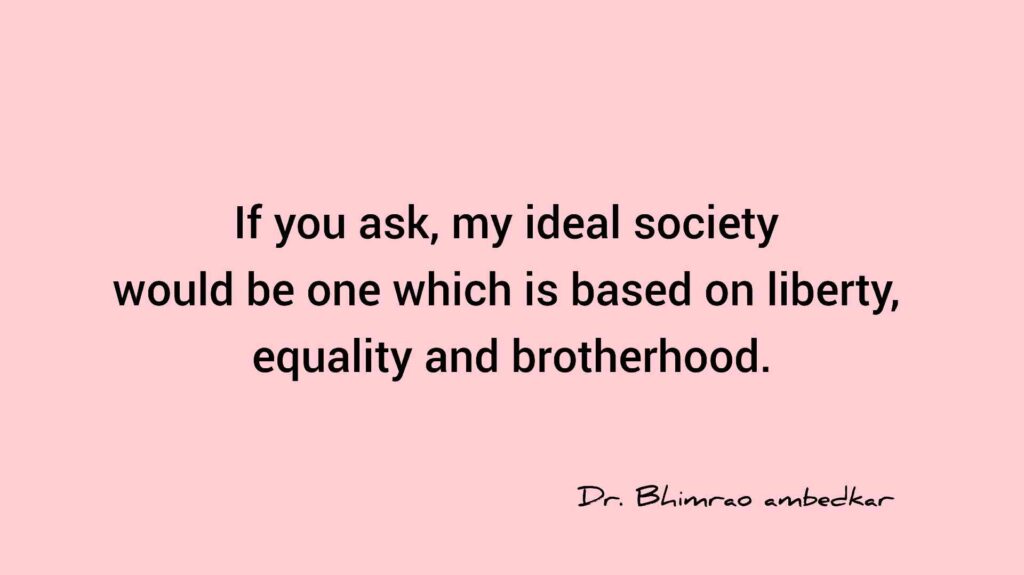
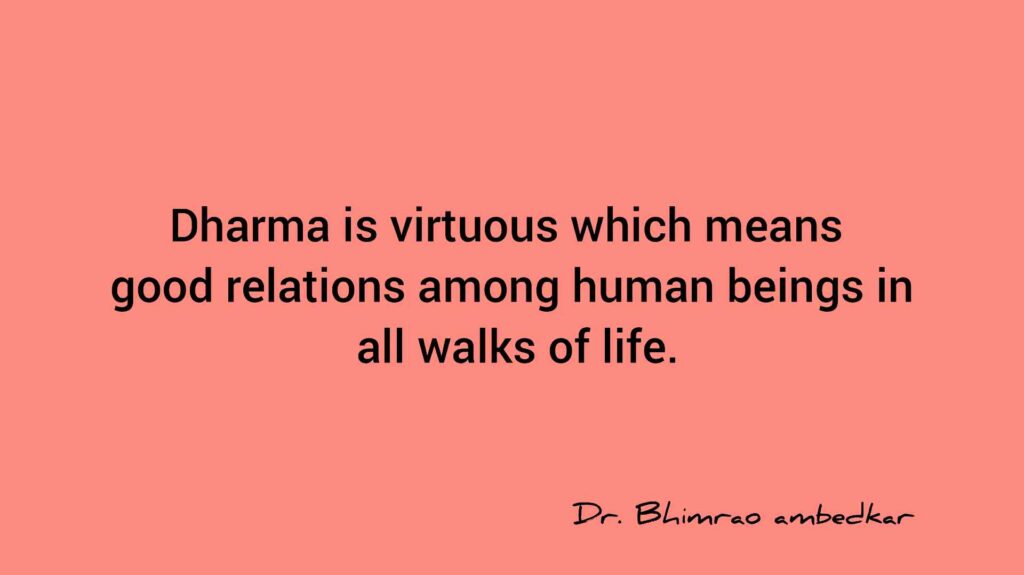
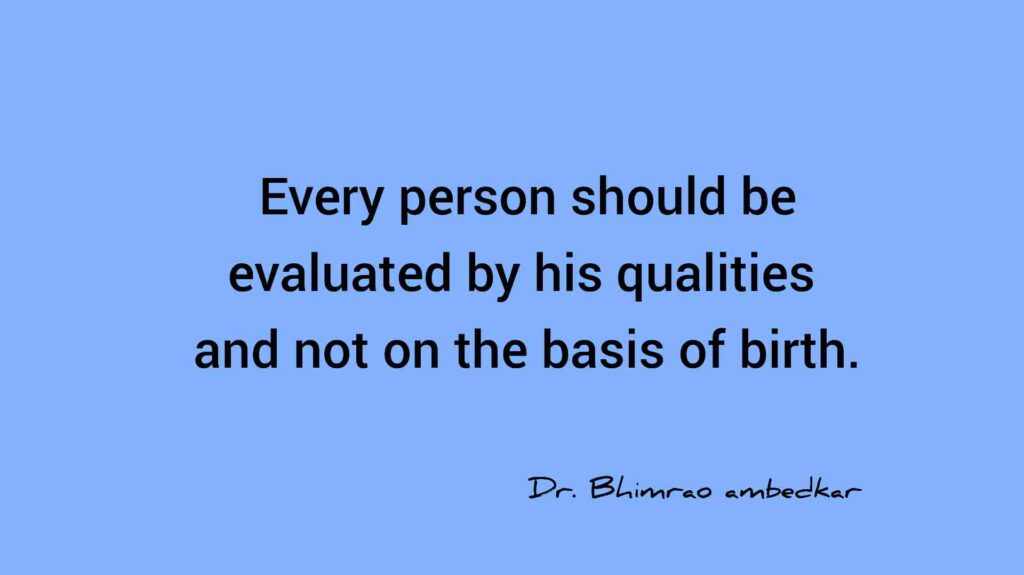
Dr. Bhimrao Ambedkar Biography हिंदी में – ” Click here “
Foundation day – Reserve Bank of India (RBI) ( 1st april )
(1st april 1935) RBI was conceptualized as per the guidelines , working style and outlook presented by DR. Bhimrao Ambedkar in this book . it was titled ” The Problem of the Rupee its origin and its Solution” and presented to th Hilton Young Commission. the bank was set up based on the ewcommendations of the 1926 Royal Commission on Indian currency and finance, also known as the Hilton -Young Commission. it was Dr. Ambedkar’s tireless efforts due to which the Reserve Bank of India came into existence . on this day we pay our hearty tributes to the master of economics and the champion of Human Rights , who’s vision shaped today’s Modern India.
See also –
- Paramahansa Yogananda Biography in English “Click here“
- Isaac Newton Biography in English “Click here”
- Paramahansa Yogananda Autobiography Book Pdf Download “Click here“
